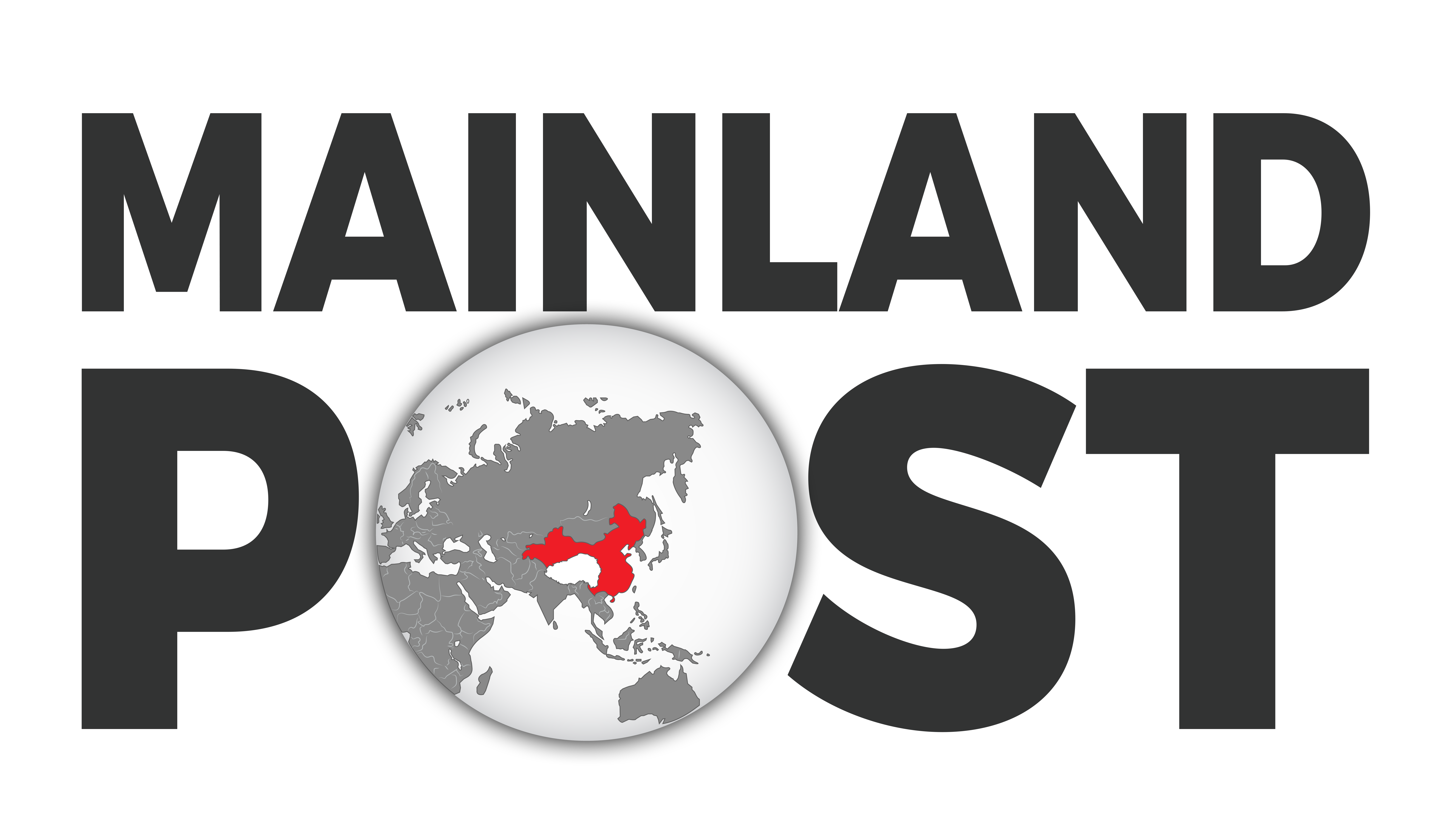The Tibetan Plateau, often referred to as the “Asian Water Tower,” is one of the most ecologically sensitive and strategically vital regions in the world. Home to the largest repository of freshwater outside the polar regions, the plateau is the source of several major rivers that sustain billions of people across Asia. However, recent studies and reports have raised grave concerns about the future of this fragile ecosystem due to increasing temperatures, accelerated glacial melt, and the intensified environmental degradation driven by China’s industrial and infrastructural expansion.
Recent scientific findings, led by researchers from the Chinese Academy of Sciences’ Institute of Tibetan Plateau Research, have indicated that the Tibetan Plateau is entering a “super warm and humid phase.” This new phase is expected to result in more than half of the glacier mass in some areas melting by the end of the century. The implications of such rapid glacial retreat are profound, as the plateau’s glaciers feed into major rivers like the Indus, Ganges, Mekong, Yangtze, and Yellow River, which are crucial for agriculture, drinking water, and livelihoods in downstream regions.
The rising temperatures have already contributed to a 6% and 12% increase in grassland and forest areas, respectively, over the past 15 years. While this might seem beneficial at first glance, the increase in vegetation is leading to shifts in monsoon circulation patterns, which could result in more extreme weather events, including heavy rainfall during the summer. These changes are predicted to exacerbate the risk of severe storms, floods, and other climate-related disasters, particularly in China, where the plateau plays a critical role in weather patterns.
The environmental degradation of the Tibetan Plateau is not a recent phenomenon. Since China’s occupation of Tibet in 1950, the region has witnessed unprecedented ecological destruction. The Chinese government’s policies of rapid industrialization and resource extraction have severely disrupted the delicate ecological balance of the plateau.
One of the most egregious examples of this destruction is the large-scale deforestation that occurred between 1950 and 1985. During this period, Tibet’s forest cover was reduced by nearly 46%, leading to devastating consequences such as the 1998 Yangtze River flood. The United Nations Disaster Assessment and Coordination Team identified excessive deforestation in Tibetan areas as a primary cause of this disaster, which affected 223 million people and displaced 15 million.
The reckless exploitation of Tibet’s natural resources has also led to widespread pollution of rivers and lakes. Mining activities, particularly for lithium and copper, have resulted in the release of toxic waste into waterways, contaminating drinking water and killing aquatic life. In 2016, a lithium mining company in eastern Tibet caused a massive fish kill by releasing waste into the Lichu River, sparking protests among local Tibetans. Similar incidents have occurred in other parts of Tibet, highlighting the ongoing environmental crisis.
The rapid melting of glaciers on the Tibetan Plateau poses a significant threat to water security in Asia. The plateau’s glaciers feed some of the most important rivers in the region, including the Ganges and Indus, which are vital for agriculture in India and Pakistan. As glaciers shrink, the flow of these rivers is expected to become increasingly erratic, with potentially devastating consequences for food production and livelihoods.
Moreover, the rise in water levels in lakes across the plateau, which has already reached over 10 meters in some areas, could lead to the flooding of vast regions, displacing communities and damaging infrastructure. In contrast, southern outflow regions, such as the Ganges and Indus basins, are experiencing a decline in water levels, further complicating the management of water resources.
China’s attempts to mitigate the effects of glacial melt through artificial means, such as the use of thermal blankets to slow down melting, have been criticized as inadequate and potentially harmful in the long term. These efforts fail to address the root causes of climate change and environmental degradation on the plateau and do not take into account the complex interactions between the plateau’s climate, hydrology, and ecology.
Environmental degradation of the Tibetan Plateau is not just a local issue; it has far-reaching implications for the entire Asian continent. The plateau’s rivers are lifelines for billions of people across Asia, and any disruption to their flow could have catastrophic consequences for food security, economic stability, and regional peace.
The increased risk of extreme weather events, such as floods and landslides, could also exacerbate tensions between countries that share the region’s water resources. Already, there are concerns about the potential for water-related conflicts, particularly between China and its downstream neighbours, India and Pakistan.
Furthermore, the loss of biodiversity on the plateau, which is home to many unique and endangered species, could have a cascading effect on ecosystems across Asia. The plateau’s wildlife, including species like the snow leopard and Tibetan antelope, plays a crucial role in maintaining the ecological balance of the region. As these species are driven to extinction by habitat loss and environmental degradation, the entire region could suffer from a decline in ecosystem services.




